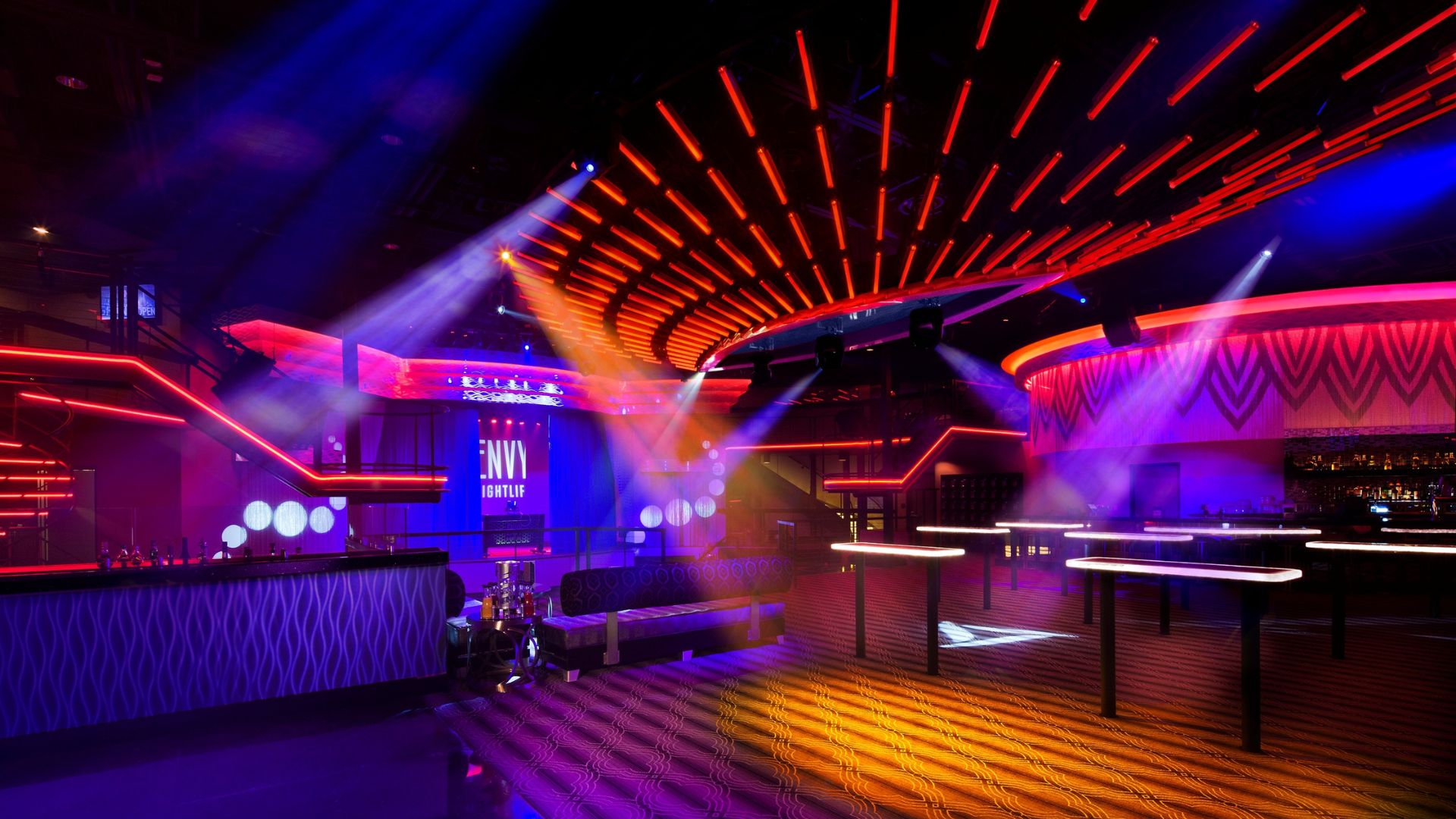
How Do LED Club Lights Work to Create Stunning Effects?
- admin
- June 9, 2024
- LED Lighting
- 0 Comments
LED club lights have revolutionized the nightlife industry, transforming ordinary venues into dazzling, immersive experiences. These lights are not just about illumination; they create stunning visual effects that captivate audiences. But how do they achieve these mesmerizing displays? Let’s delve into the technology and mechanisms behind LED club lights.
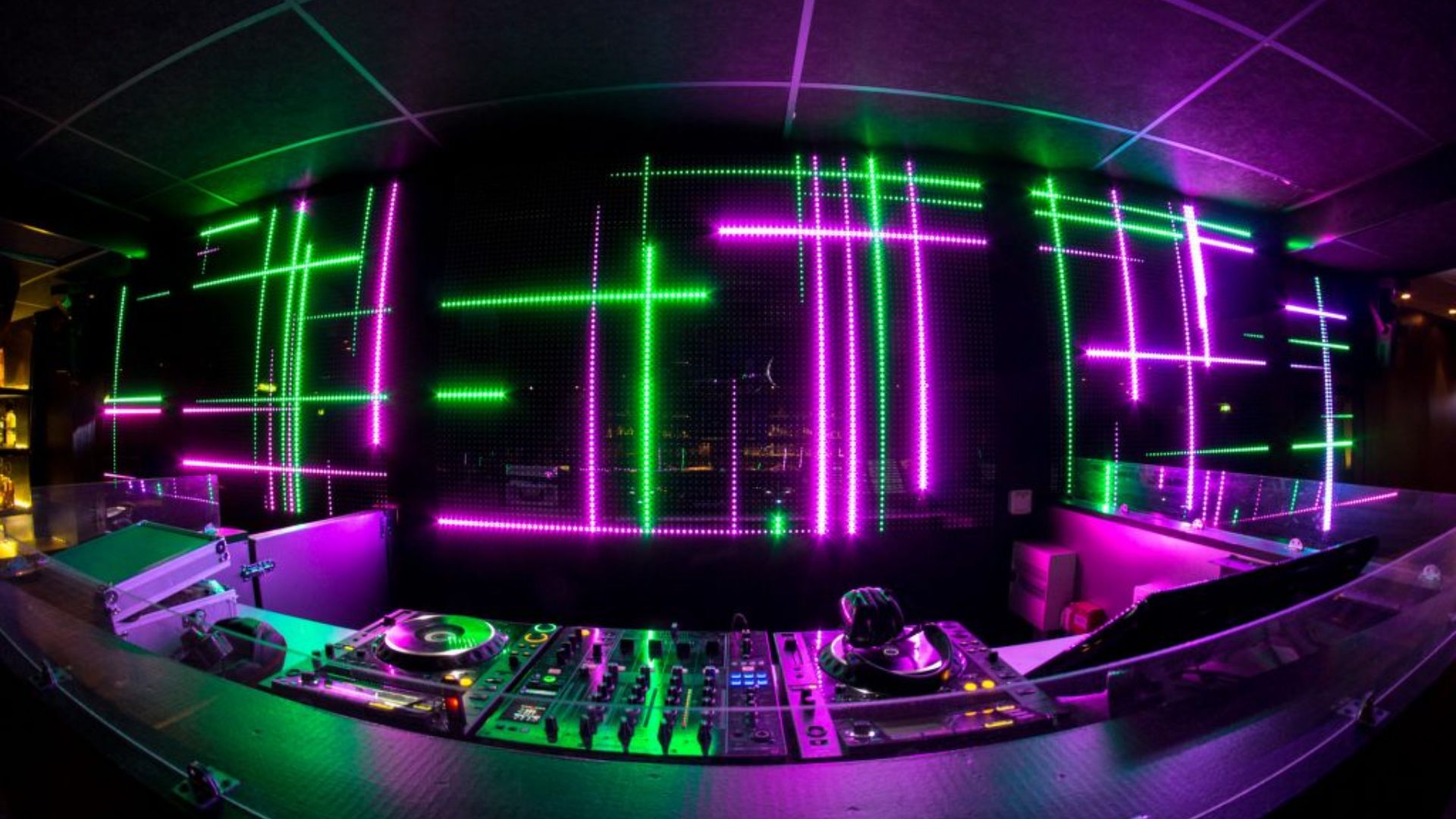
-
Colour Mixing and Customization
One of the most striking features of these lights is their ability to produce a vast spectrum of colours. This is achieved through a process known as RGB colour mixing. Each LED light contains three diodes: red, green, and blue. By adjusting the intensity of these three colours, LED lights can produce virtually any colour in the visible spectrum. Advanced LED systems also incorporate additional diodes, such as white or amber, to enhance colour mixing and create more nuanced hues.
-
Control Systems and Programming
These lights are typically controlled by sophisticated software systems that allow for precise manipulation of colour, intensity, and patterns. These control systems can be pre-programmed with sequences that synchronize with music, creating dynamic light shows that pulse and change in time with the beat. Some setups use DMX (Digital Multiplex) controllers, which offer extensive customization options and can control hundreds of lights simultaneously.
-
Beam Shaping and Directionality
These lights are often equipped with lenses and reflectors to shape and direct the light beams. This capability allows for a wide range of effects, from narrow, focused beams that create sharp points of light to broad washes that flood the room with colour. Moving head fixtures add another layer of dynamism, as they can pivot and tilt to direct light across different parts of the venue, creating sweeping patterns and spotlight effects.
-
Strobe and Pulse Effects
Strobe lights, a staple in many clubs, are used to create a pulsating effect that can enhance the energy of the music. LED strobe lights can flash at various speeds and intensities, creating a sense of motion and excitement. The rapid on-off cycling of LEDs is particularly effective in producing these strobe effects, as LEDs can switch on and off much faster than traditional bulbs.
-
Integration with Visual and Audio Elements
Modern club lighting systems are often integrated with other visual and audio elements to create a cohesive sensory experience. Video projection mapping, for instance, can be combined with LED lighting to project images and animations onto surfaces, enhancing the overall atmosphere. Additionally, some systems use sensors to react to the music in real-time, adjusting the lighting effects based on the rhythm and tempo of the tracks being played.
-
Environmental Impact and Energy Efficiency
LED lights are known for their energy efficiency, which is a significant advantage for nightclubs that operate for long hours. They consume significantly less power than traditional lighting systems, reducing operational costs and environmental impact. Additionally, LEDs have a longer lifespan, meaning they need to be replaced less frequently, which also contributes to their sustainability.
In Conclusion: The Future of Club Lighting
The capabilities of these lights continue to expand with technological advancements. Innovations such as wireless control, smart lighting systems, and integration with augmented reality are pushing the boundaries of what is possible in club lighting. These developments promise to make nightlife experiences even more immersive and captivating.
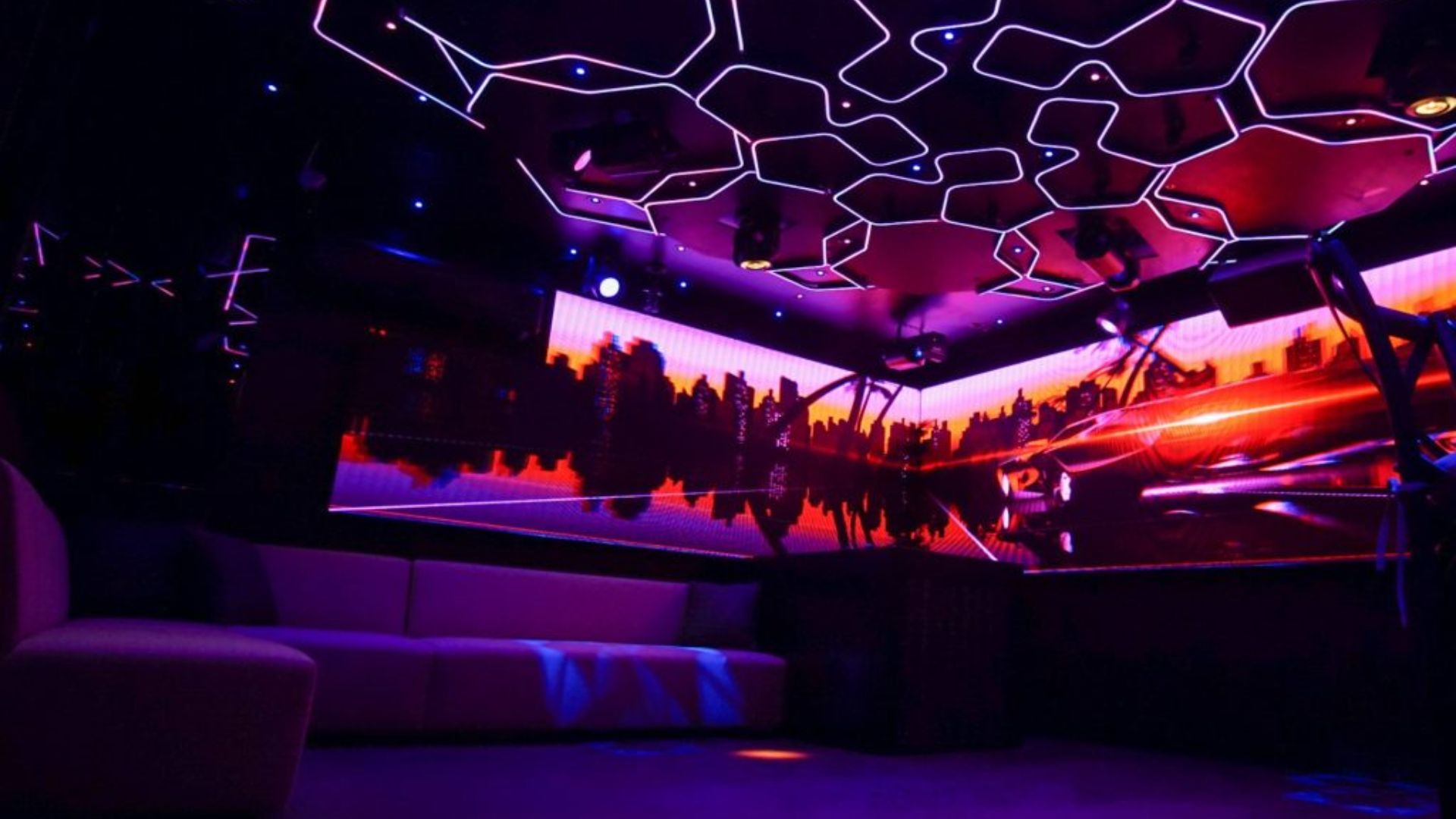
Whether you are a club owner looking to enhance your venue’s appeal or a lighting enthusiast fascinated by the technology, these lights offer a world of possibilities. For top-quality LED lighting solutions, consider Star Facade Lighting, a leader in creating stunning visual effects for any occasion.

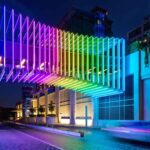
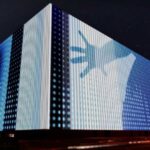
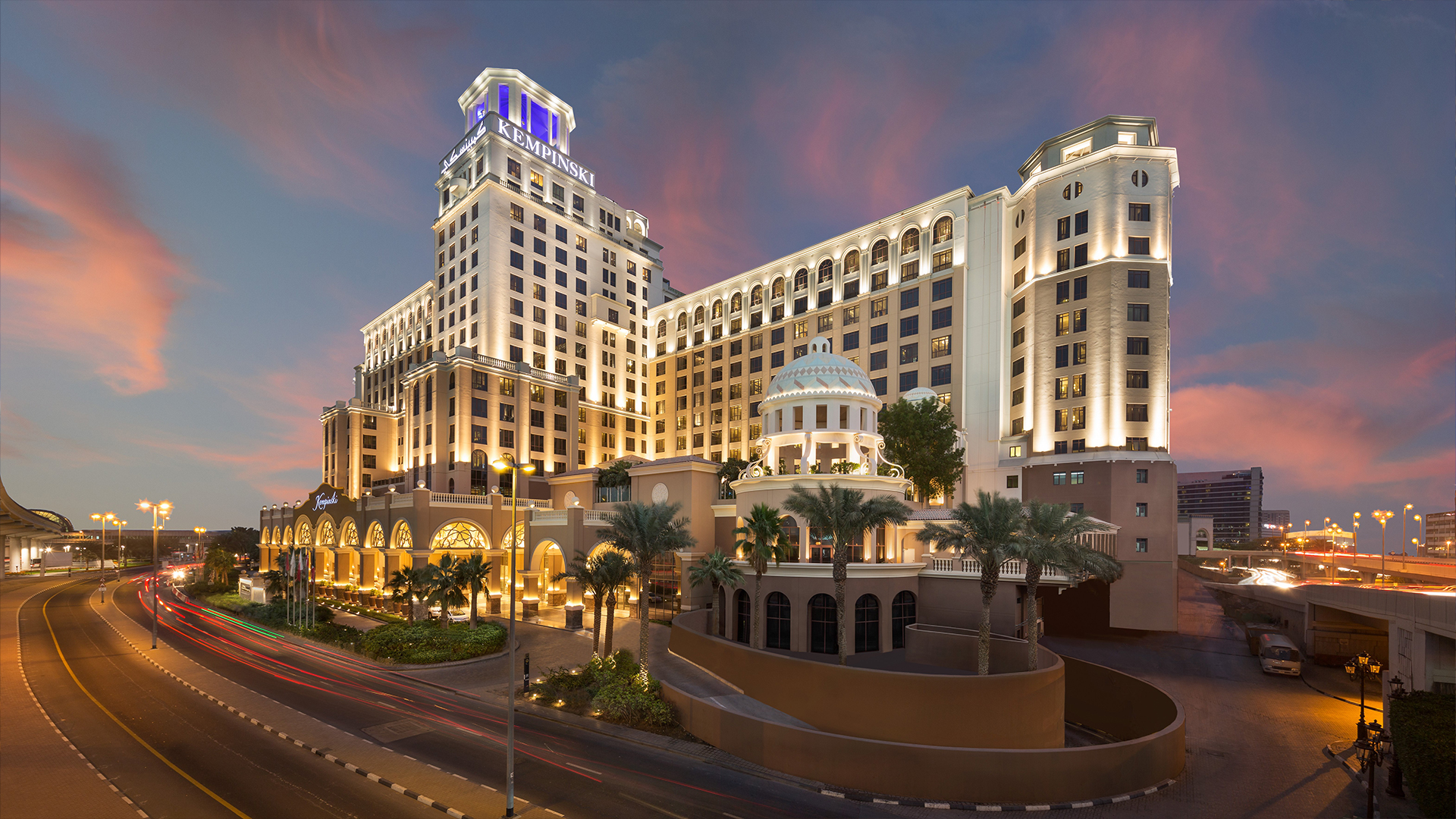
Recent Comments